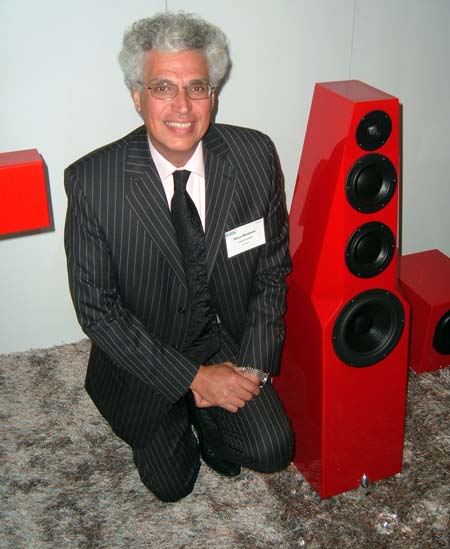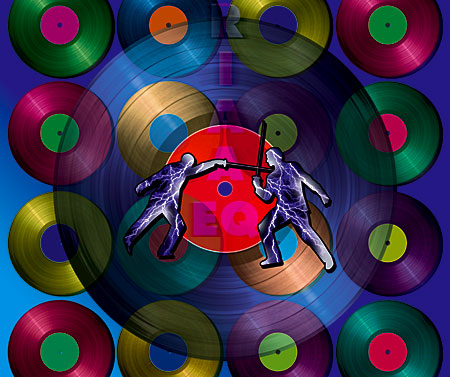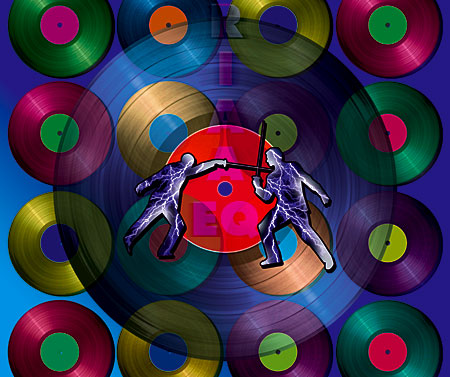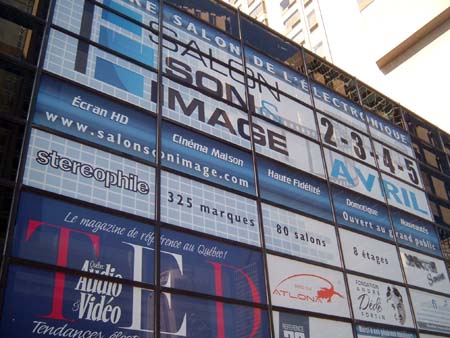
Look to the Left
- Read more about Look to the Left
- Log in or register to post comments
Alright... I feel that there is plenty of room for all formats. Vinyl, CD, SACD, DVDA, etc..(just no mp3!!!)
but ive spent the past couple weeks listening to a lot of vinyl, (my buddy(just came back from california after living there for 10 years and touring with a very, very well known "jam" band) who just checked himself into rehab(Heroin/Opiates) and told me to look after his records. He has a lot of great stuff!!
anyway..







http://www.democraticunderground.com/discuss/duboard.php?az=view_all&address=132x8312794